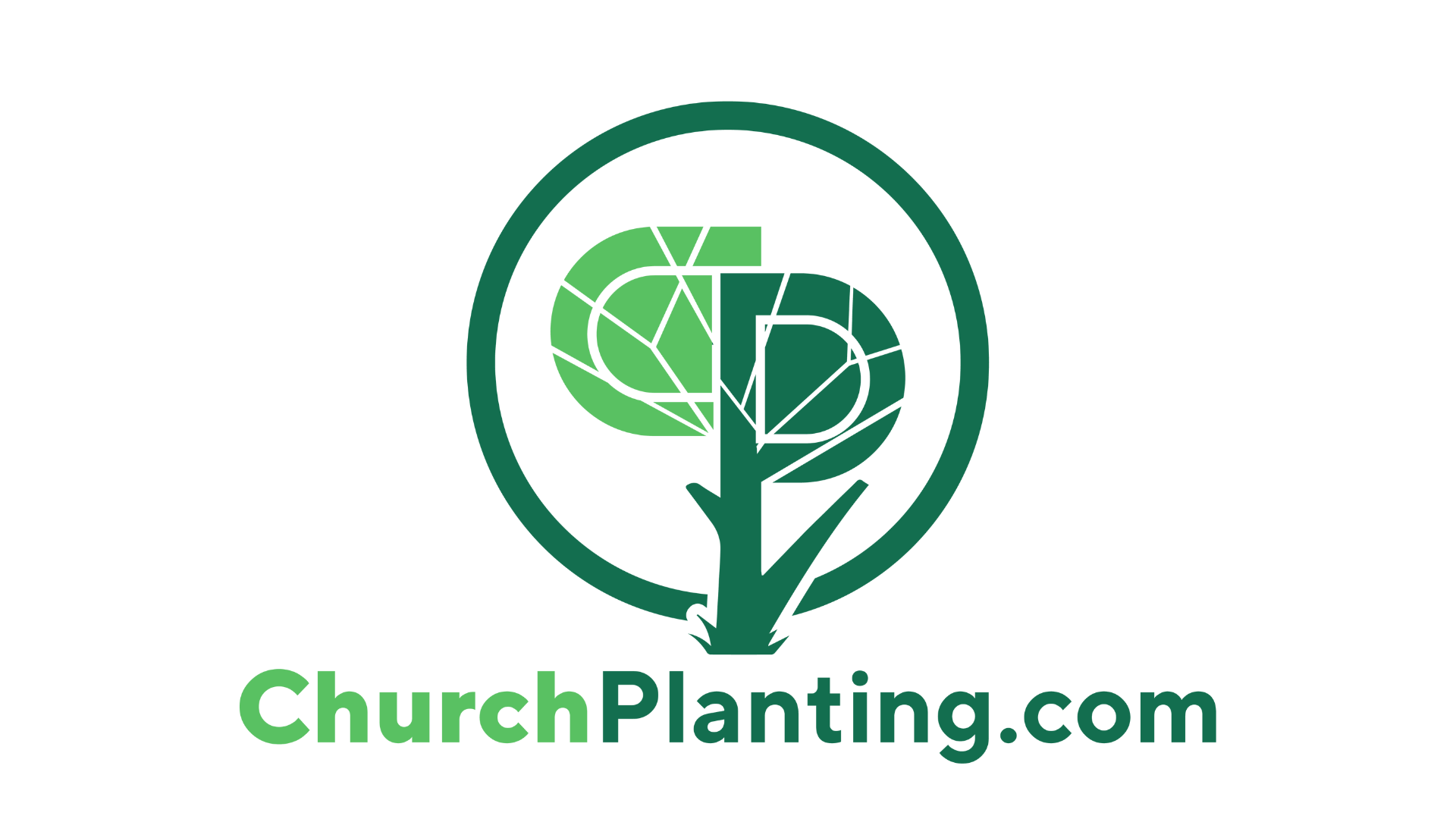Only God can cause a church planting movement, but having wholly affirmed this, let’s acknowledge that some things help release movement and other things impede it. There are core spiritual components like serious prayer, the centrality of Scripture, obedience to Christ, and abundant gospel seed sowing. Missionary principles seem critical too, such as indigenous lay leadership, reproducible church models, intentional church planting, and rapid reproduction. Barriers to movement include extra biblical requirements for leadership, dependency created by subsidy, and mental images of Christendom.
Another set of factors that can either help or hinder movements are structural elements. Luther Gerlach and Virginia Hine wrote about this in 1970 in their book, People, Power, Change: Movements of Social Transformation. The authors referenced two movements of their day, the civil rights movement and the Pentecostal movement to frame principles regarding the anatomy of movement. If they were writing this book in North America today they may have selected the green movement, or the LGBT movement.
Three structural elements named by Gerlach and Hine are decentralization, segmentation, and interconnection. Decentralization refers to lateral decision-making and accountability that is distributed among, or delegated to participants, versus hierarchical, more formal authority. Jesus decentralized the mission of God when he said, “all authority I give to you”. He could have sent out the 72 (Luke 10) to gather a large group prior to His entering the towns where he was about to go. He might have had the 72 initiate a rally, but instead He opted for decentralization by sending 36 teams of two each.
Segmentation refers to differentiation. Movements happen when there is a shared mission, purpose and values with various manifestations. For example, vendors at a Green Festival, may promote fair trade coffee, hybrid cars, or aromatherapy candles. At first these expressions seem quite different, but each sees itself as contributing to the whole. At Pentecost the Gospel was spoken in the languages of the world. The call and the missionary journeys of the apostle Paul allowed for geographical and religious distribution of the Story. The Jerusalem Council (Acts 14-15) allowed for both segmentation and decentralization by deciding it was not necessary to become a Jew to become a follower of Christ. Contextualization allowed for the wide distribution of the Gospel for various peoples.
Intersection means that the various expressions of one mission are energized and advanced by connecting with one another. Synagogues and Passover times provides that. The LGBT movements throw parades and the green movement produces festivals. What if the various strands of “would be movement-makers” in the Christian world were to find frequent and significant places for intersection? For example, what if the house/simple/organic/missional/ T4T/ life transformation group/ Discovery Bible Study peoples created commonly held venues that reflected what they stand for together? And what if those connecting places were more decentralized, less driven by popular figureheads, and more segmented to reflect racial, ethnic, gender, age, geographical and other segments? Structure can either stimulate or confine movement.



